
22 minute read
CLOSE TO HOME climate change disproportionately affects populations in Malibu and neighboring areas
CLOSE TO HOME


Collage by Ali Levens
Top left: Two women attend the Malibu Senior Center emergency preparedness meeting. Photo by Lucian Himes
Bottom left: Carlie Domingues, who worked at the SYCEO, leads guests at the SYCEO's tribal nursery open house in 2020. Photo courtesy of the Santa Ynez Chumash Environmental Office
Top right: A woman carries her baby at the Spanish-language emergency preparedness training event. Photo by Lucian Himes
Bottom right: The Venice Family Clinic provides healthcare to unhoused individuals at the annual Homeless Connect Day on Sept. 22. Photo by Lucian Himes
CLOSE TO HOME



by Emily Shaw
Spanish translations by Alyssa Medina
When the Woolsey Fire broke out in 2018, Pedro Marin, a 63-year-old day laborer from Downtown Los Angeles, worked in Malibu and had to flee the area. Marin said he tried to go back to find work a few days after the fire but could not get through due to closures on Pacific Coast Highway.
Marin lost about two months of work and experienced a consequence of climate change first-hand.
“There’s an urgency, as we all know,” said Shea Cunningham, climate resilience consultant at the Malibu Foundation, sustainability planner and principal of Balanced Approach. “It’s not about, like, ‘Oh, there’s climate change, and eventually our grandchildren are going to experience it.’ Like, we all know we are in the climate crisis now.”
The climate crisis disproportionately impacts day laborers like Marin, as well as people 65 years and older and the unhoused community, according to the Malibu Foundation’s 2022 report “Our Climate Crisis, A Guide for Communities in the Wildland Urban Interface.”
Researchers have also identified Indigenous peoples and tribal cultural resources as vulnerable to climate hazards, according to The Status of Tribes and Climate Change Report. Tribal cultural resources can include traditions and practices grounded in physical sites, plants and animals.
Today, almost half of all humans, or 3.3 to 3.6 billion people, are “highly vulnerable” to climate change, according to the 2022 Intergovernmental Panel on Climate Change report.
The Malibu Foundation’s report defines climate vulnerability as “susceptibility to exposure to the hazards associated with climate change,” and climate resilience as “the ability to withstand the impacts of these climate related hazards.”
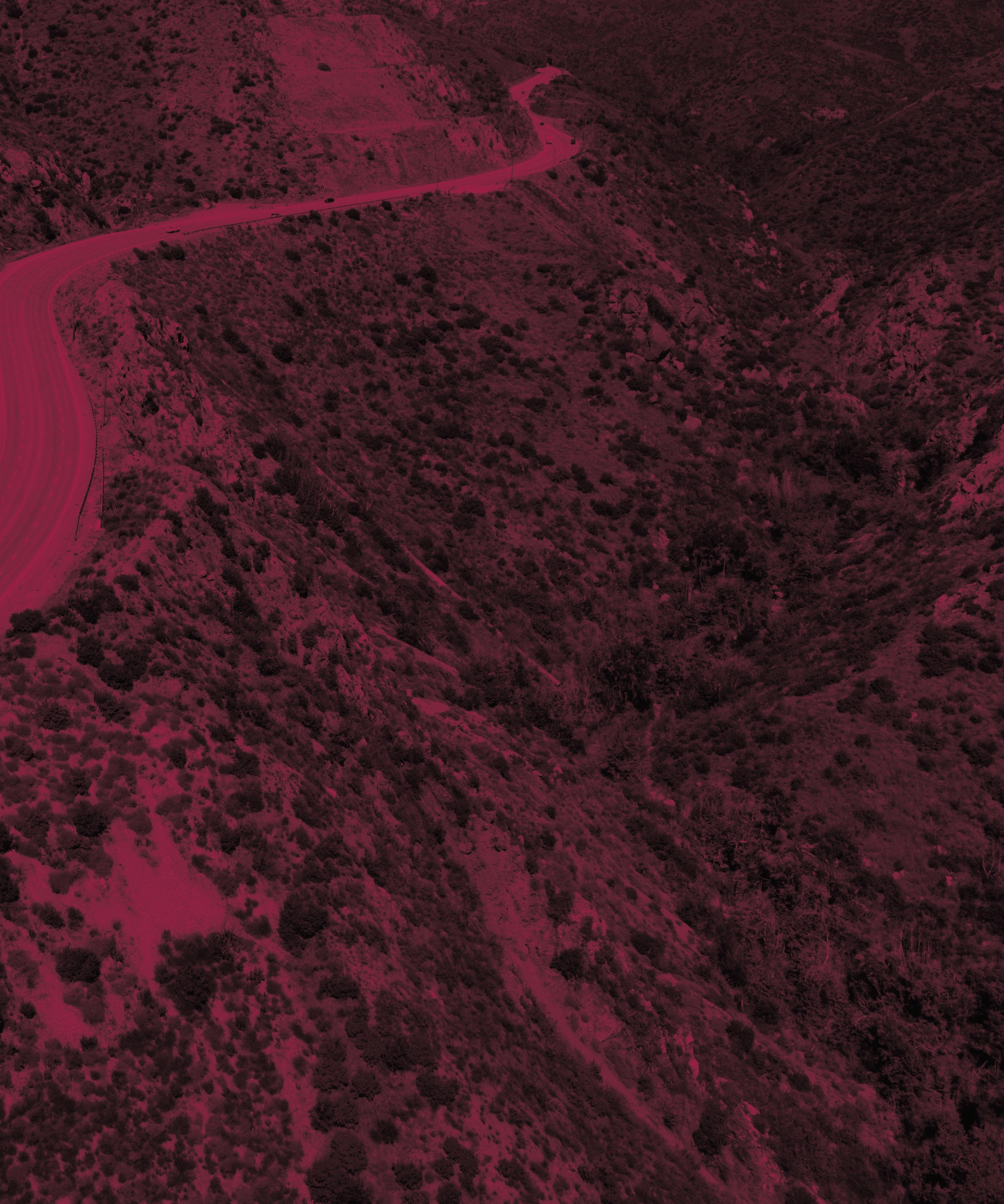
The Malibu Foundation’s Report
The Malibu Foundation is a nonprofit organization that serves areas affected by the Woolsey Fire in rebuilding and recovery efforts, as well as works to achieve a climate resilient community, according to the Malibu Foundation website.
The organization released a report in January, providing a climate vulnerability assessment and action plan for the Santa Monica Mountains Wildland Urban Interface region, which includes Agoura Hills, Calabasas, Hidden Hills, Malibu, Pacific Palisades, Sunset Mesa, Topanga and Westlake Village. The WUI is the transition zone between wilderness and human-developed land, according to the Malibu Foundation report.
“The idea is that it’s a guide, not only for decision makers in the region, but also for community members, residents, and to basically become a more climate resilient larger, broader community,” said Cunningham, who is also the principal investigator of the Malibu Foundation’s report.
The Malibu Foundation held a virtual public forum in February to discuss the report’s findings and recommendations. The organization also presented the report to all of the city councils in the region, except for Hidden Hills. Cunningham said the Malibu Foundation is trying to get on the Hidden Hills City Council’s schedule soon.
As periods of intense heat escalate and the drought becomes more acute, Cunningham said the Malibu Foundation is working on creating movement in the SMM WUI region’s cities to improve their climate resilience.
Day Laborers
A large portion of the daytime population in the SMM WUI region includes day laborers, according to the Malibu Foundation’s report. The majority of day laborers are Spanish-speakers with limited English language skills and come from a lower socioeconomic background. Many also commute to the SMM region by bus from South Los Angeles.
Day laborers are disproportionately vulnerable to the negative health effects of exposure to wildfire smoke and heat and are more likely to experience challenges with employment, mobility and communication during and after a climate disaster, according to the Malibu Foundation's report.
“They really are a population that needs support, especially since so many of them work outdoors and in extreme heat,” Cunningham said. “And when there’s fires and smoke from fire, they are especially at risk.”
Oscar Mondragón, who has served as the Malibu Community Labor Exchange center director for 29 years, agreed climate change directly impacts day laborers, especially those who work outdoors in agriculture, construction or gardening — jobs many workers depend on for a living, Mondragón said.
“The gardeners are exposed to the sun, and being out, especially in the last couple of weeks, working out there, in the hills, in the house — especially in the hills — the heat is tremendous,” Mondragón said. “It’s hard, it’s difficult and especially because the effort is such physical work.”
The MCLE is a community nonprofit organization that connects people looking for work with prospective hirers, according to the MCLE website.
During the Woolsey Fire in 2018, the City of Malibu sent emergency notifications in English and Spanish and also informed the MCLE so it could help spread the word to workers to not take any jobs that day and go home until it was safe to return, Mondragón said.
Many day laborers experience communication and mobility challenges, according to the Malibu Foundation’s report. For example, they may face language barriers or technological limitations — such as lacking a cell phone or not signing up for the region’s notification systems.
An estimated 90% of the non-resident day laborer community do not have a car, making it difficult to evacuate or access emergency response centers during an emergency, according to the Malibu Foundation’s report.
The majority of day laborers commute from South Los Angeles, where 30% of the population live below the poverty level, according to the Malibu Foundation’s report, and many have asthma due to prolonged exposure to higher levels of industrial and transportation-related air pollution.
Wildfire smoke exposure can lead to significant respiratory inflammation, infections, disease and other negative health effects among day laborers, according to the Malibu Foundation’s report. The smoke disproportionately impacts outdoor workers due to their longer periods of exposure to it while engaging in physically demanding work.
When it was safe to return to Malibu after the Woolsey Fire, Marin said he visited the MCLE to find work — work that often involved dealing with the smoke from the fires.
“Mucha gente vino para que le fuéramos a ayudar a limpiar la casa y todo lo quemado que estaba, y teníamos que usar mascarilla porque los olores eran muy fuerte [A lot of people came — to the MCLE — so that we could help them clean up their homes and all the burned parts, and we had to use masks because the smells were too strong],” Marin said.
Mondragón said he encouraged workers to wear protective gear such as N95 masks and gloves if they worked jobs that exposed them to

smoke after the Woolsey Fire.
“After the fire, there is a problem that when workers go to work at a burn site, then it’s dangerous because whatever burned there might not be the healthiest situation to work under,” Mondragón said.
Some workers ended up in the hospital because they became sick after working at a burned house around toxic ash, Mondragón said. He advised people to avoid working under those conditions and without proper protective equipment.
About 83% of non-resident day laborers also lack health care coverage, and an estimated 75 to 80% of the workforce are undocumented migrants, which restricts their ability to attain healthcare and financial support, according to the Malibu Foundation’s report.
Additionally, after a natural disaster, many day laborers lose their jobs and may not be eligible to receive state or federal financial assistance because of the inconsistent nature of their employment, according to the Malibu Foundation’s report.
“Cuando hay (trabajar), hay [When there is — work — there is],” Marin said. “Cuando no hay nos queda expiración [When there isn't, we are left without work].”
After the Woolsey Fire, Mondragón said some organizations in L.A. raised money for day laborers in the area who lost their jobs — MCLE's physical location in Malibu made it difficult to raise funds.
During the COVID-19 pandemic, the MCLE received a special fund appeal and raised money to help send checks to workers’ homes, regardless of their documentation status, Mondragón said.
To prepare Spanish-speaking workers and their families for emergencies like wildfires, the MCLE hosted an annual Spanish-language emergency preparedness training event Sept. 24, in collaboration with the City of Malibu, the Malibu Foundation and Pepperdine Hispanic Studies professors and students.
Marin and Sebastian Hernandez, another day laborer, were two of about 50 workers and family members who commuted to the MCLE for the emergency preparedness event, Mondragón said. Marin and Hernandez both said they came to the meeting to learn basic first aid, what to do in the case of a natural disaster and how to help one another during those situations.
“Estamos bien preparados; ya van dos veces que han venido [We're well prepared; they’ve — emergency preparedness teachers have — been here twice now],” Marin said. “Con las experiencias que uno va viviendo ya uno puede defenderse o ayudar a los demas [With the experiences that one lives, one can defend oneself or help others].”
Marin said he works small and big jobs, including helping move people's belongings and cleaning. These jobs can last from an hour to multiple months — the hirers decide the workers’ schedules and have control over how long the projects are.
Marin said it can be hard when work is not guaranteed, especially for those who may experience physical limitations. Many workers at the MCLE stand ready as a resource for employment, Marin said.
People 65 Years and Older
There is a higher proportion of adults 65 and older in the SMM WUI region compared to L.A. County as a whole and to any other region — 12.45 of L.A. County’s residents are older adults, compared to 22% of the SMM WUI region’s population, according to the Malibu Foundation’s report.
Similar to the day laborer
Community, this large population of older adults, or people over the age of 65, disproportionately experience negative health impacts of natural hazards, especially due to pre-existing health conditions that exacerbate the effects, according to the Malibu Foundation’s report.
“Air pollution and heat-related health conditions can be a real issue for seniors, especially with pre-existing conditions,” said Jesse Bobbett, community services director at the City of Malibu. “That’s definitely something to consider as well.”
Older adults are more susceptible to heat exhaustion, heat stroke and other complications, leading to a higher risk of morbidity and mortality during extreme heat occurrences, according to the Malibu Foundation’s report.
Bobbett said he has seen climate change limit older adults from socializing, going outdoors and running errands, such as obtaining medical care.
While a large portion of the general population realized the mental hardship of being alone during lockdowns as a result of the COVID-19 pandemic, many older adults experience isolation on a regular basis, which only compounded during the pandemic, Bobbett said.
“As you get older and you tend to lose friends or loved ones and around you, so it can feel very isolating at times,” Bobbett said. “And I think climate change does add to that because it limits how much you can be outside.”
During a period of extended heatwaves in early September, Malibu opened cooling centers at Michael Landon Community Center at Bluffs Park and the Malibu Library, where people can come and sit in the air conditioning and recover from the heat, Bobbett said.
The most fire-prone areas of the SMM WUI region are, in general, also where the highest proportions of older adults live, according to the Malibu Foundation’s report.
Wildfire smoke presents a significant health risk to older adults sensitive to air pollution, according to the Malibu Foundation’s report.
The older adult community also experiences technology communication challenges that the City of Malibu’s Community Services department hopes to help with, Bobbett said.
Bobbett said the Malibu Senior Center sends out a newsletter to older adults sharing city updates. The City also offers technology help sessions on Fridays, assisting older adults with using technological devices, including signing them up for various regional notifications.
During an evacuation due to a fire, the older adult population is also more likely to face mobility limitations and not be able to drive themselves out in a personal vehicle, according to the report.
To help older adults in Malibu get to and from healthcare destinations and other services at a low cost, the City of Malibu’s Community Services department offers a Dial-A-Ride program, Bobbett said. The program is not an emergency service but can help older adults get to medical appointments.
Cunningham said she was surprised to find in her research that many older adults are on fixed incomes even though Malibu is a relatively affluent area. This financial limitation makes it more difficult for older adults to harden their homes for wildfires and install solar energy systems or other climate resiliency systems.
The Malibu Senior Center held an emergency training session for all older adults Sept. 28. Brent Woodworth, CEO of the L.A. Emergency Preparedness Foundation, gave a presentation at the event.
Mimi Rose, who has lived in Malibu for 24 years, and her sister Homa Bald, a 75-year-old Santa Monica resident, both said they attended the meeting to learn more about emergency preparedness.
Rose said she is a physician and worked at the U.S. Department of Veterans Affairs, and Bald said she worked in real estate and is familiar with considering natural disasters in home stability. Throughout their time in Southern California, they said they witnessed houses catching on fire and saw how fast fires can spread and cause damage.
Bald and Rose emigrated from

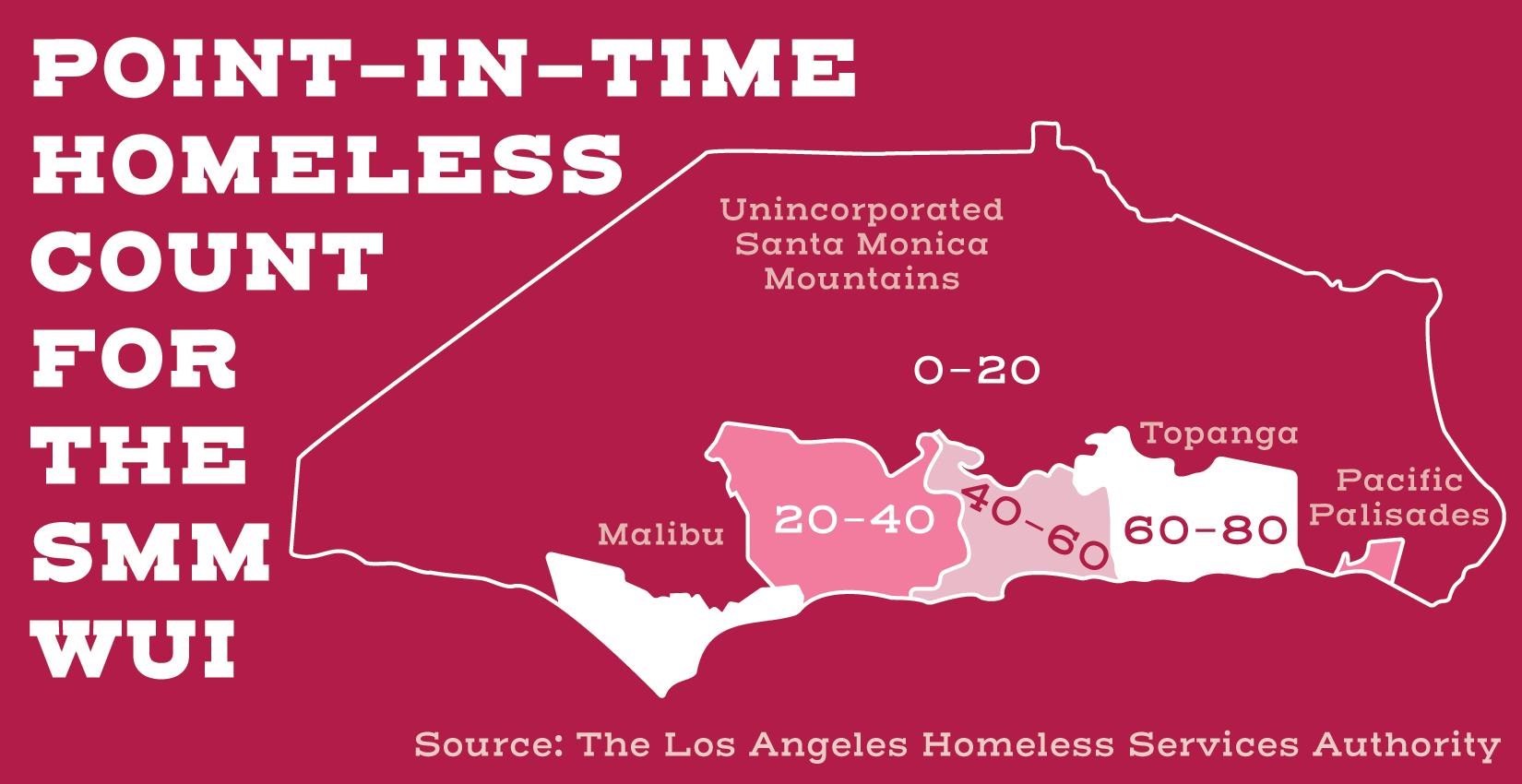
Iran and although they did not grow up in poverty, Bald said they were not “very well off.” As a result, Bald said she is conscientious of reducing her water usage and food waste.
“I think people here, every individual, is responsible for the Earth, and we are not giving respect to the Earth,” Bald said. “We have to respect that.”
The Unhoused Population
Rose said she is also concerned about those experiencing homelessness.
“When there’s heat, where do they [those experiencing homelessness] live and what do they do?” Rose said. “Can you imagine when we’re in a house, how difficult that is under a tent?”
About 150 to 170 people experiencing homelessness live in the SMM WUI region, with most seeking shelter along the Malibu coastline, according to the Malibu Foundation’s report.
Luis Flores, public safety liaison at the City of Malibu, said the annual homeless count numbers have gone down in the last year. This year, the City counted 81 unhoused individuals in Malibu. In 2021, the count showed 157 people. He attributed the decrease to the efforts of organizations and the City of Malibu.
“We’re very proactive and service-driven and wanting to be very intentional about the way we help out folks who are obviously severely impacted by climate change, like the weather we're seeing and the potential fire that could happen in some of these hills,” Luis Flores said.
Jason Flores, program manager of Malibu and Pacific Palisades outreach team at The People Concern, said outreach teams go out every day to check on unhoused individuals in the area, especially during periods of severe heat. The People Concern is an L.A. County social services agency that supports the unhoused population, according to The People Concern’s website.
Jason Flores said there have been some cases of sun poisoning and dehydration, as well as sunburns. The People Concern hands out water and sunscreen to clients, as well as partners with the Venice Family Clinic, an organization that provides healthcare every Thursday in Malibu and every Tuesday and Thursday in the Pacific Palisades.
Zachary Coil, director of Westside outreach at The People Concern said the VFC has found skin cancer on multiple unhoused individuals in Malibu, which Coil partly attributed to the lack of shade in the coastal city.
“There’s not a lot of buildings, and there's not a lot of trees,” Coil said. “It’s this Chaparral environment, which is very dry, so there’s long term effects of being out there, but again, that’s because of the habitat really more than anything.”
Juan is a 74-year-old day laborer who has spent 20 years living out of his truck and is also one of The People Concern’s clients. He earned a living through working various jobs; however, it was not enough to afford stable housing, according to The People Concern. Juan also said he had skin cancer.
By April, the VFC treated Juan's skin cancer, according to The People Concern. Juan also eventually found himself permanent housing with support from The People Concern and the MCLE.
“Everything’s OK, everything is good — everything,” Juan said.
Jason Flores said Juan is one of a few unhoused individuals who have received treatment for medical issues caused by sun damage. One person who lives in Tuna Canyon had a lesion near his eye that the VFC removed and treated through a couple surgical procedures a few months ago.
“Aside from heat stroke and death, those would be the most severe types of cases that we’ve seen,” Jason Flores said. “The other will be your dehydration, sunburn, that type of stuff, and then just hygiene.”
Jason Flores said the outreach teams also raise awareness among unhoused individuals about the dangers of the dry climate and fires and warn against starting fires due to the high wildfire risk.
The City of Malibu passed legislation Sept. 27, to move all unhoused individuals living in Very High Fire Hazard Severity Zone areas out, “while also ensuring these efforts do not criminalize individuals living unhoused.”
City of Malibu Mayor Paul Grisanti said the City Council plans to work with the Homeless Outreach Sheriff’s Team and The People
Concern outreach team to provide transportation and housing for unhoused people in hazard zones.
“They constantly are monitoring the hills for encampments and trying to communicate with people that they need to be safe and offering them other places to live,” Grisanti said in an interview with NewsWaves 32.
Jason Flores said he knows several individuals who reside in fire-prone area like Tuna Canyon.
“There’s people that live in there,” Jason Flores said. “So if something like that were to happen, it would be devastating.”
Jason Flores said the Malibu Homelessness Task Force is working on establishing an Alternative Sleeping Location in the region to offer to unhoused people.
In the case of a fire, The People Concern works with the L.A. County Sheriff's Department to help locate unhoused clients, Coil said. At the evacuation sites, staff from The People Concern check in with people, are available as a resource to support them and give out supplies such as KN95 masks, Coil said.
Jason Flores said communication challenges and barriers are prevalent due to the nature of working with people who might be dealing with mental health challenges, do not have a permanent residence or might not have reliable access to a form of electronic communication.
To help overcome these barriers, The People Concern offers portable charging batteries to unhoused clients to help them keep their electronic devices charged and have access to some form of digital communication, Jason Flores said.
In some areas, there are small unhoused communities where a couple clients of The People Concern have taken on a leadership role in distributing important information to everyone.
“They kind of look out for each other in a sense and are the liaison, if you will, to information that we have and resources that we have available as well,” Jason Flores said.
The Chumash Tribe
The Malibu Foundation’s report acknowledges the Santa Monica Mountains as the ancestral lands of the Chumash Tribe, the Gabrielino Tongva Tribe and the Tataviam Tribe.
“With gratitude, we honor this land and the people who have been its environmental stewards for thousands of years," the Malibu Foundation wrote. "As such, we are committed to doing our part to become better stewards of this region by conserving its precious resources.”
About 200 years ago, an estimated 20,000 Chumash lived in California; today there are about 4,000 to 5,000, according to the Malibu Foundation’s report. Many sacred burial sites and other artifacts of historical and cultural significance lie in the Santa Monica Mountain region. Climate hazards and private development threaten the preservation of these sacred sites.
Teresa Romero, environmental director of the Santa Ynez Chumash Environmental Office, said she has been with the tribe since 2016 and worked in tribal government since 1997. The Santa Ynez Band of Chumash Indians Reservation, located in Santa Barbara County, is the only federally recognized Chumash Tribe in the country.
Romero said the migration and endangerment of traditionally important plants and animal species due to changing habitats and impacts of erosion on cultural resources concern tribe members.
“I think climate change looks very different for tribes than the larger population because the impacts to resources really impact community in a really, really major way,” Romero said. “And like many people in the region, there's concern about wildfire, there's concern about drought.”
In 2021, the Institute for Tribal Environmental Professionals Tribes and Climate Change Program released The Status of Tribes and Climate Change Report.

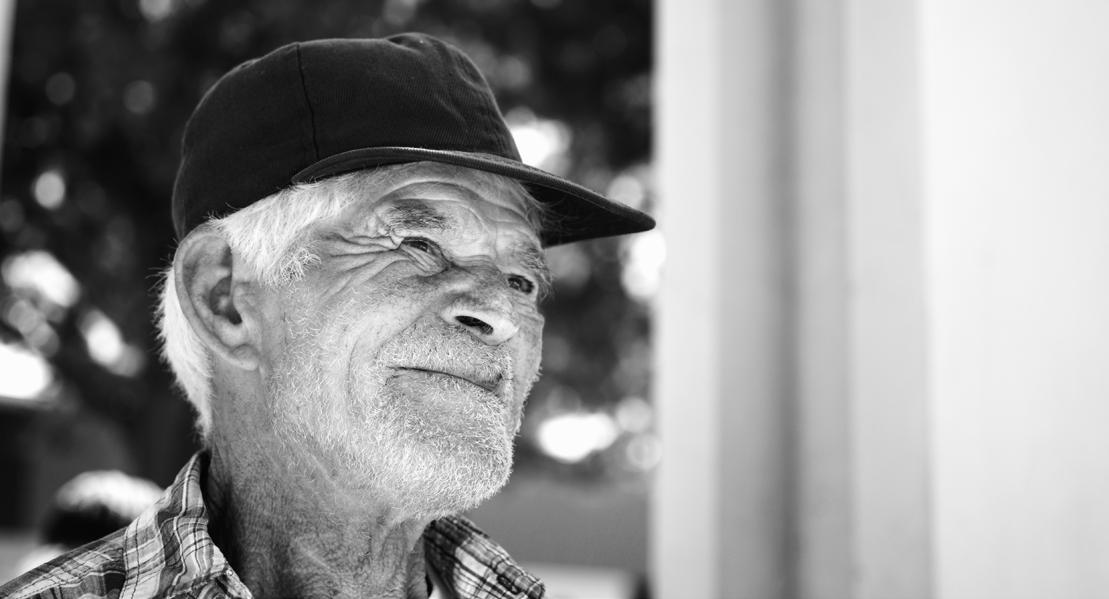

Photos by Lucian Himes | From left: Sebastian Hernandez, Spanish-language emergency preparedness meeting attendee. Juan, Connect Day attendee. Homa Bald and Mimi Rose, Malibu Senior Center emergency preparedness event attendees.
The report details how climate change effects threaten traditional tribal sites and artifacts and can alter traditional hunting and gathering practices, timing of spiritual practices, loss of local food sources, loss of traditional medicinal plants and loss of traditional materials.
“Climate change is threatening tribal cultural resources ranging from tangible archaeological sites to intangible cultural beliefs and values,” the ITEP wrote.
Tangible tribal cultural resources can include physical sites, artifacts and landscapes, as well as culturally significant plant and animal species, according to the ITEP report.
Climate change's effects on tangible resources can also impact cultural practices and traditions linked to the climate, according to the ITEP report. For example, climate change disrupts ceremonies based on seasonal changes and events, pushing the ceremonies back or preventing them from taking place. It also threatens culturally significant plants species used for medicinal, ceremonial and edible purposes.
Romero said the SYCEO educates the community, both inside and outside the Chumash Tribe, about potential threats to resources and how to protect them.
“Climate change doesn't happen in a silo, for instance, in one area,” Romero said. “We really need to work together to create resiliency in our communities.”
Green Business Certification Inc. awarded the Santa Ynez Band of Chumash Indians and their casino resort for their waste sorting efforts.
“The tribe as a whole, not just my department, has a huge sustainability role here locally," Romero said.
Romero’s team implemented zero waste practices, such as sorting all the waste at tribal events. The tribe also supports electric vehicles, as there are charging stations on the reservation, Romero said.
As a member of the executive committees for the Central Coast Climate Collaborative and the Central Coast Climate Justice Network, Romero said she is part of efforts supporting climate equity and justice regionally.
“I think the local Indigenous voices not only here, but throughout the United States, need to be included in those planning and adaptation efforts because oftentimes, they get overlooked,” Romero said.
Romero said being aware of one’s own footprint and reducing one’s use of fossil fuels through composting, for example, are little regenerative practices everyone can do on a daily basis that will make a difference on a larger scale.
The SYCEO recently started a pilot composting program on the reservation, where they collect organic matter, put it into a compost at their tribal nursery and use it for agricultural purposes, Romero said. The main focus of the nursery is to provide culturally significant plants for the Chumash community.
“It's about having people understand what they can do on their own, as well as to engage in their local region on climate issues — I think that's really important too,” Romero said.
Romero said she thinks what has been lost to most of the general population is the understanding of the reciprocal, balanced relationship between humans and the environment.
“I think one of the things that sets us [Indigenous people] apart is that we understand that when we care and steward the landscape, our traditional landscape, we're caring for it, and the landscape cares for us, and that's a circle that's created,” Romero said.
Romero said universities, local agencies and organizations should reach out to include local Indigenous communities in their research and planning efforts related to climate change.
“I think that's really, really important because we need to understand the research that's being done, and if there's a way to collaborate, or whether there's knowledge there that we should have,” Romero said.
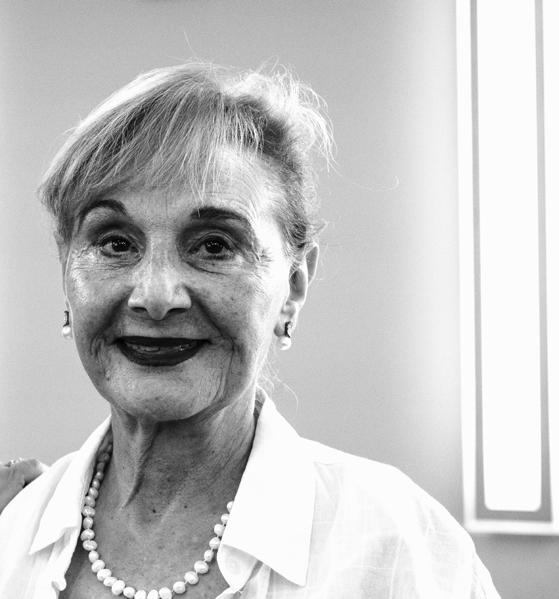
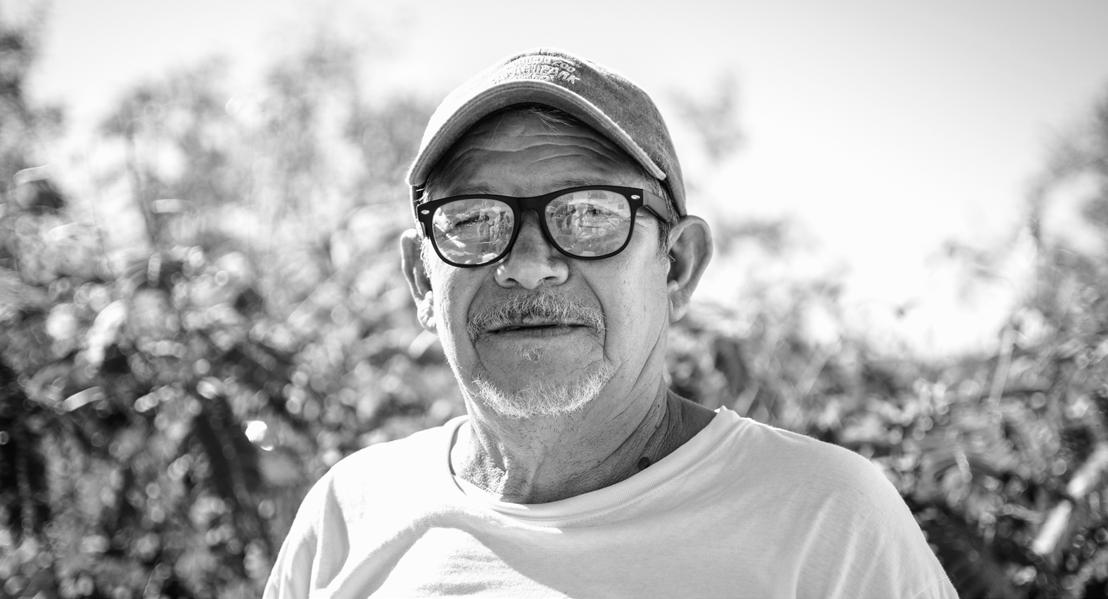

Pedro Marin, Spanish-language emergency preparedness meeting attendee. Diego Cordero, lead environmental technician at the SYCEO at a 2019 powwow | Photo courtesy of the Santa Ynez Chumash Environmental Office





